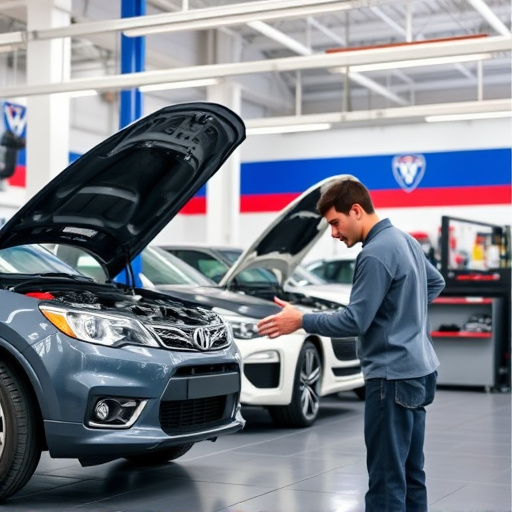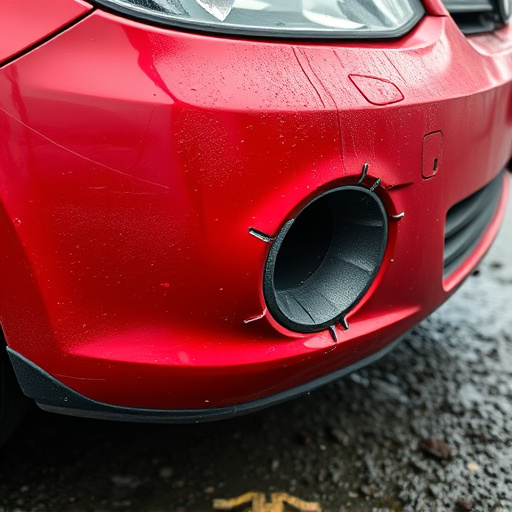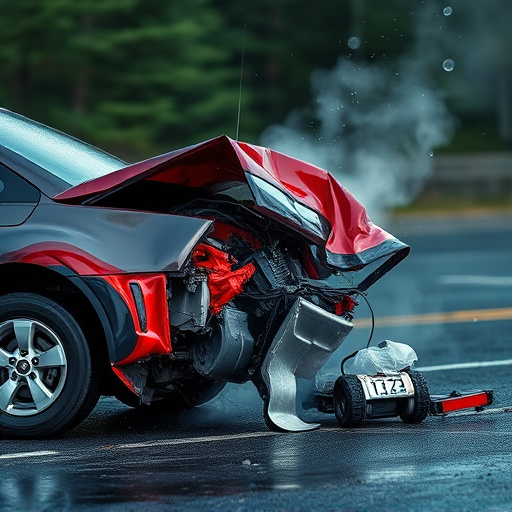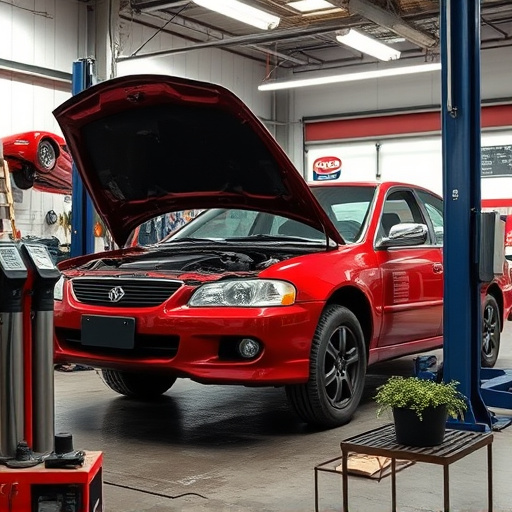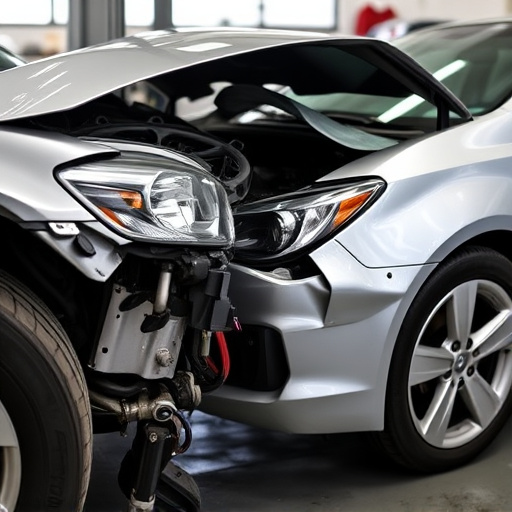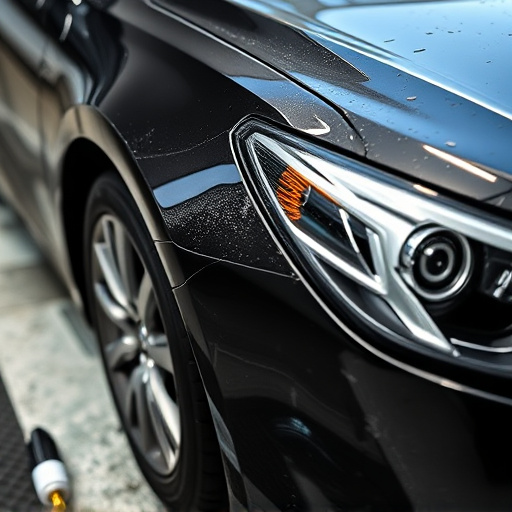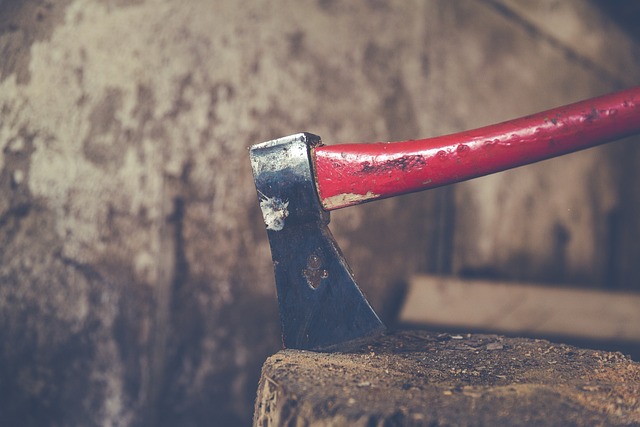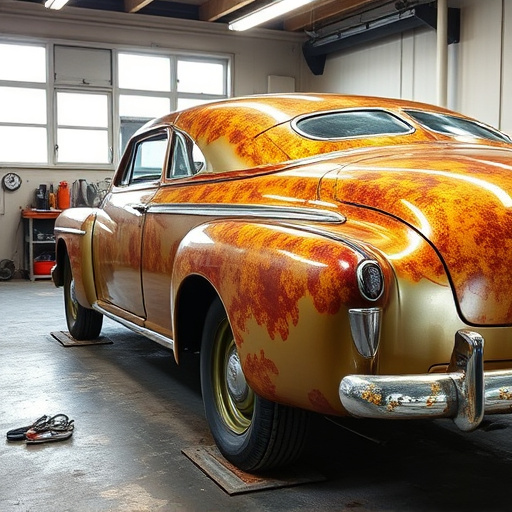A hydraulic frame machine is a specialized tool vital for vehicle structural repair and alignment, used in collision repair centers and auto body shops to enhance efficiency and quality. This machinery uses hydraulic power and strategic anchoring points to precisely manipulate car frames, ensuring safe and accurate repairs, from panel realignment to accident recovery. Optimizing these anchoring points streamlines operations, enhances productivity, maintains high workmanship standards, and ensures customer satisfaction in demanding automotive applications like Mercedes-Benz collision repair or hail damage restoration.
“In the realm of industrial machinery, the hydraulic frame machine stands out for its versatility and precision. This article delves into the intricate role of anchoring points within these powerful tools. From the basic understanding of hydraulic frame machine operations to the precise definition and purpose of anchoring points, we explore how these pivotal features optimize performance. Discover strategies to enhance efficiency, ensuring smooth and controlled movements in various applications.”
- Understanding Hydraulic Frame Machine Basics
- Definition & Purpose of Anchoring Points
- Optimizing Operations through Effective Anchoring
Understanding Hydraulic Frame Machine Basics
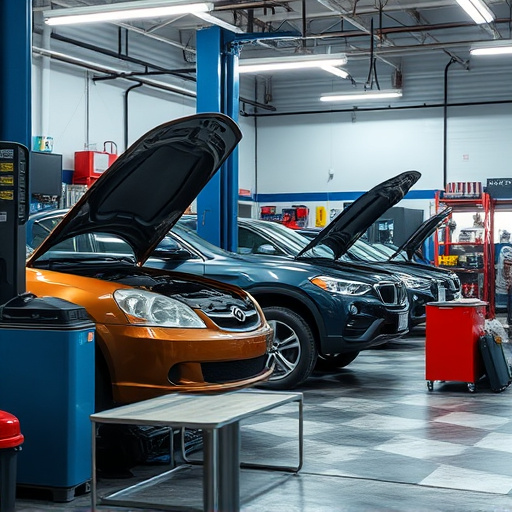
A hydraulic frame machine is a specialized piece of equipment designed for vehicle structural repair and alignment. It forms the backbone of many collision repair centers and auto body shops, enabling precise manipulation and adjustment of a car’s frame after an accident or damage. This sophisticated machinery utilizes hydraulic power to exert controlled forces, making it a game-changer in the realm of vehicle paint repair and collision center operations.
Understanding how these machines work is crucial for any professional in the automotive industry. The basic concept involves a series of anchored points strategically placed on the machine’s frame, which can grip and hold various parts of a vehicle securely. These anchors allow technicians to precisely adjust and realign components without causing further damage, ensuring that every repair is not just structural but also aesthetic—a key aspect in top-notch auto collision centers.
Definition & Purpose of Anchoring Points
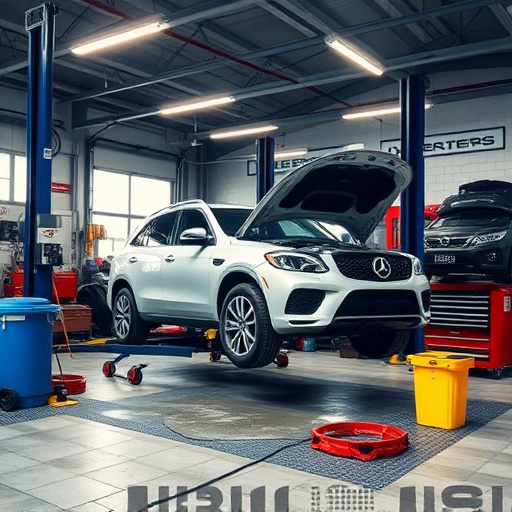
Anchoring points are integral components in the operation of a hydraulic frame machine, playing a pivotal role in ensuring precision and safety during vehicle restoration and dent repair processes commonly executed in auto body shops. These points serve as secure attachment locations for various tools and fixtures used to manipulate and reshape metal frames. By providing stable and controlled holding capabilities, anchoring points enable technicians to perform intricate adjustments with minimal risk of misalignment or damage to the vehicle’s structure.
The primary purpose of these anchoring mechanisms is to facilitate the efficient and accurate manipulation of heavy components and forces exerted during hydraulic frame machine operations. Whether it’s realigning panels, straightening frames after accidents, or performing detailed dent repair, well-designed anchoring points offer a secure base for the machinery, translating into improved work quality and reduced potential for errors in auto body shops.
Optimizing Operations through Effective Anchoring
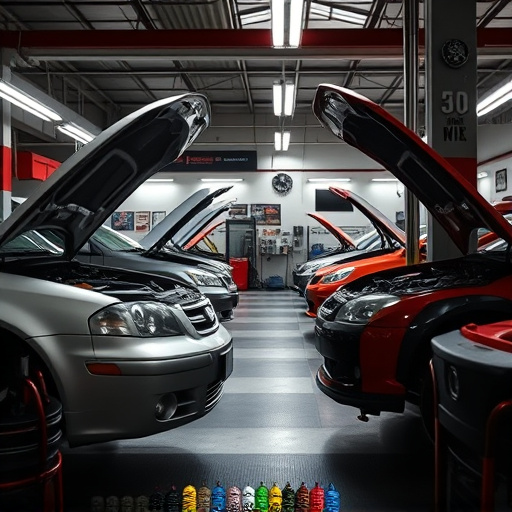
Optimizing operations is a key aspect of efficient and safe operation of any machinery, especially complex tools like hydraulic frame machines. One of the most effective strategies for achieving this involves leveraging anchoring points. These strategic attachment points allow operators to precisely control the movement and stability of heavy components during various tasks, such as lifting, positioning, and aligning. By strategically utilizing anchoring points, auto repair shops can streamline their processes and enhance overall productivity.
For instance, in Mercedes-Benz collision repair or hail damage repair scenarios, where precision is paramount, a well-designed anchoring system enables technicians to securely fasten components while performing intricate repairs. This not only ensures the integrity of the vehicle’s structure but also reduces the risk of further damage or misalignment during the repair process. Effective anchoring optimizes operations in any auto repair shop, making it an indispensable aspect for maintaining high standards of workmanship and ensuring customer satisfaction.
Hydraulic frame machines are versatile tools that demand precise control and stability. Understanding the role of anchoring points is key to optimizing their operation, ensuring efficient and safe use in various industrial applications. By strategically placing and utilizing these points, operators can enhance the machine’s stability, reduce vibrations, and improve overall performance, making them indispensable for any construction or manufacturing process involving hydraulic frame machines.






